Electrosurgical Smoke is a by product from the use of diathermies, hyfrecators and lasers in the surgical environment. Commonly called smoke plume it arises when tissue, fluid & blood is cauterised, it can be seen and smelt by doctors, nurses and patients. The plume is made up of 95% water and 5% cellular debris and is considered toxic as it can contain a range of nasty chemicals including formaldehyde, cyanide, benzine and malignant cells.
Surgical smoke particles can be smaller than .1 micrometre and are easily inhaled causing headaches, nausea and irritation of the lungs. One study has shown that the amount of smoke produced daily in an operating theatre was equal to between 27 - 30 cigarettes. Surgical masks are generally ineffective as they filter particles larger than .5 micrometre.
So what is the solution? The best and only real option is to evacuate the smoke using a smoke extractor. A smoke extractor (ESU) works alongside your electrosurgical generator removing particles, smoke and smell directly from the operating site and creating a clean and safe working environment for staff & patients. The wand from the ESU is generally placed as close as possible but no further than 5cm from the smoke point of origin to create effective extraction.
If you currently use an electrosurgical generator / diathermy or laser for cauterising or surgery then a localised smoke extraction unit should be high on your list of priorities if you don't already have one. If you are considering purchasing a laser or generator then we recommend that you look at a complete system that includes smoke evacuation. Your staff & patients will thank you for it.
For more information on surgical or laser smoke extraction please feel free to get in touch.
Phillip Lewis / [email protected]
Hill DS, O’Neill JK, Powell RJ, Oliver DW. Surgical smoke—a health hazard in the operating theatre: a study to quantify exposure and a survey of the use of smoke extractor systems in UK plastic surgery units. J Plast Reconstr Aesthet Surg. 2012; 65(7):911-916.
Dobrogowski M, Wesolowski W, Kucharska M, Sapota A, Pomorski LS (2014) Chemical composition of surgical smoke formed in the abdominal cavity during laparoscopic cholecystectomy - Assessment of the risk to the patient. Int J Occup Med Environ Health 2014 Apr 9.Epub 2014 Apr 9.


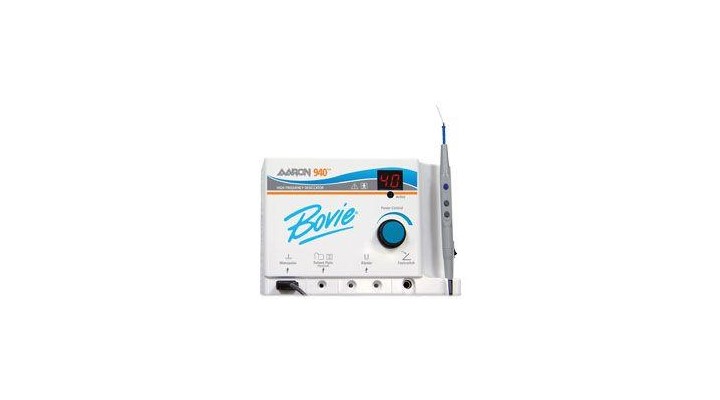
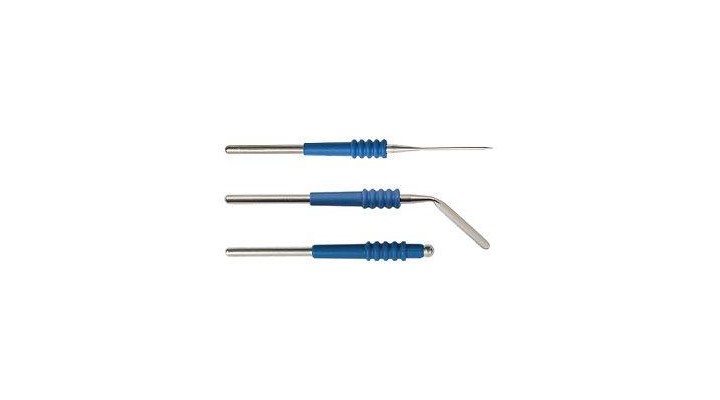
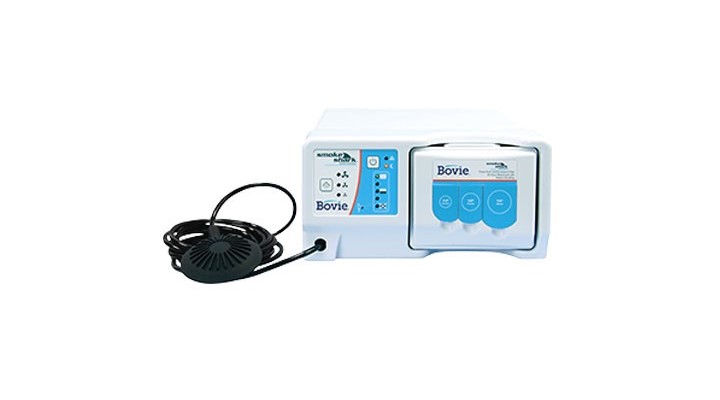
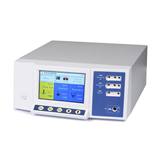

-160x160-state_article-rel-cat.png)









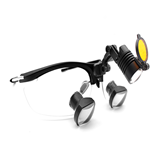



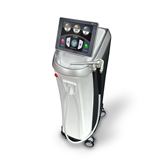



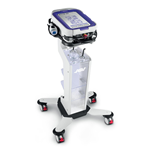
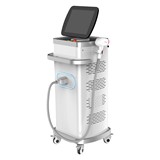


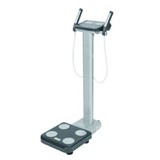
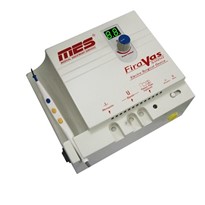


-205x205.jpg)
(1)-205x205.jpg)
(560%C3%97450px)-205x205.jpg)
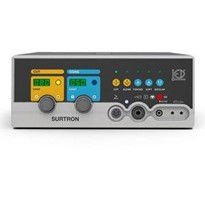
-205x205.jpg)


(560%C3%97450px)-205x205.jpg)